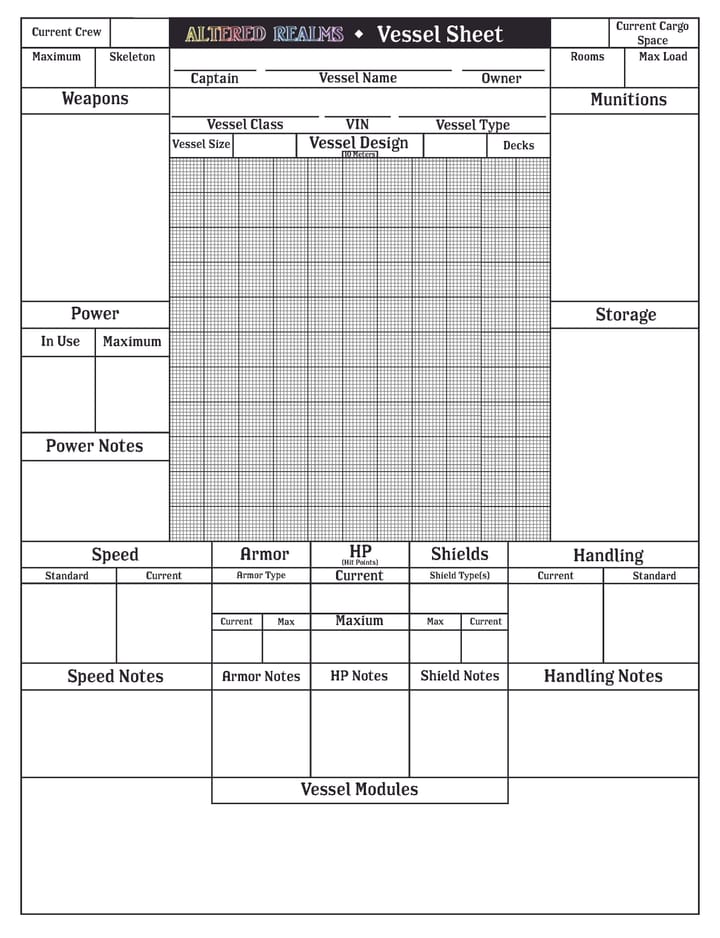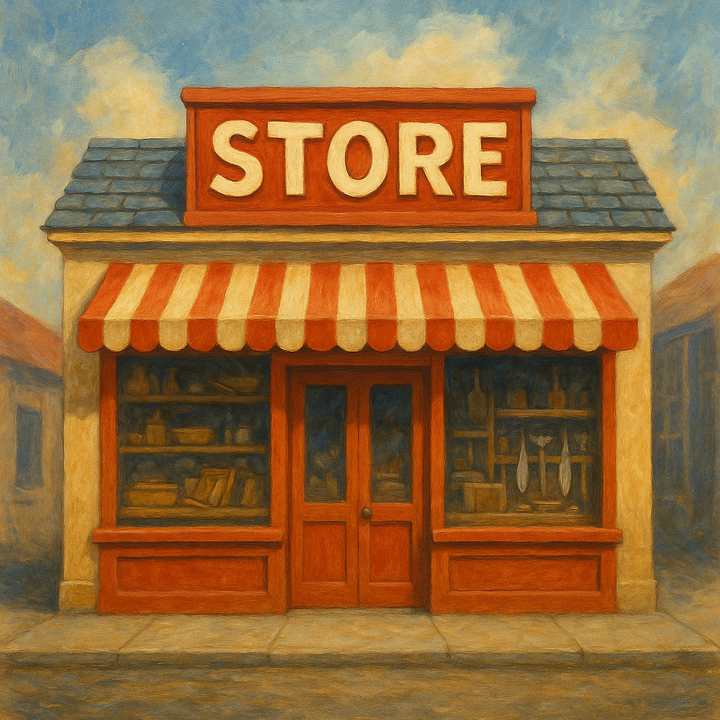Colonial Age - Currency
A guide to the forms of currency in the colonial age.

Currency has various forms in different Realms. The following section will outline the most commonly used Currencies in Colonial Age Realms.
Table of Currency
| Coin Type | Value |
|---|---|
| Copper Coin | 100 CC = 1 SC |
| Silver Coin | 100 SC = 1 GC |
| Gold Coin | 1 GC = 100 SC or 1,000 CC |
| Bank Notes | Varies |
Coins
Coins are the most common form of currency in the Colonial Age and various empires and kingdoms will likely have their own mints, unique to their origins. Coins are almost always made from precious metals such as: Copper, Silver and Gold. This is due to how easy it is to shape coins from these softer metals and how long they can remain in circulation due to their resistance to wear and tear.
Copper
A Copper Coin is the smallest denomination and therefore typically requires many to purchase anything of value. Each Copper Coin is worth 1/100th the value of a Silver Coin. These coins may have different names in different regions or settings such as: Pennies, Shillings, Pieces, Pence or Bits. A small beverage, snack, or low value item will on average be between 50 and 99 CC.
Silver
The most common denomination and the most circulated coin, most small purchases can be covered by Silver Coins. Each Silver Coin is worth 1/100th the value of a Gold Coin. These coins may have different names in different regions or settings such as: Marks, Slivers, Groats or Shards. A hot meal or expensive beverage might cost between 10-50 Silver.
Gold
The least common form of coinage but also the most necessary for large and expensive purchases. Gold Coins are the preferred coinage of nearly everyone, as there is an intrinsic status symbol associated with the possession of gold in this age. These coins may have different names in different regions or settings such as: Suns, Nobles, Eagles or Sovereigns. A single gold coin can purchase a large meal, an hour of skilled service or a dagger.
Bank Notes
Bank notes will typically be larger groupings of gold or silver backed by a particular region’s bank and exchangeable only there for their coin value. These notes are designed to be portable and exceptionally difficult to reproduce, typically printed on resilient papers with intricate designs and forger’s traps. Only organized and developed countries will have a banking system.



